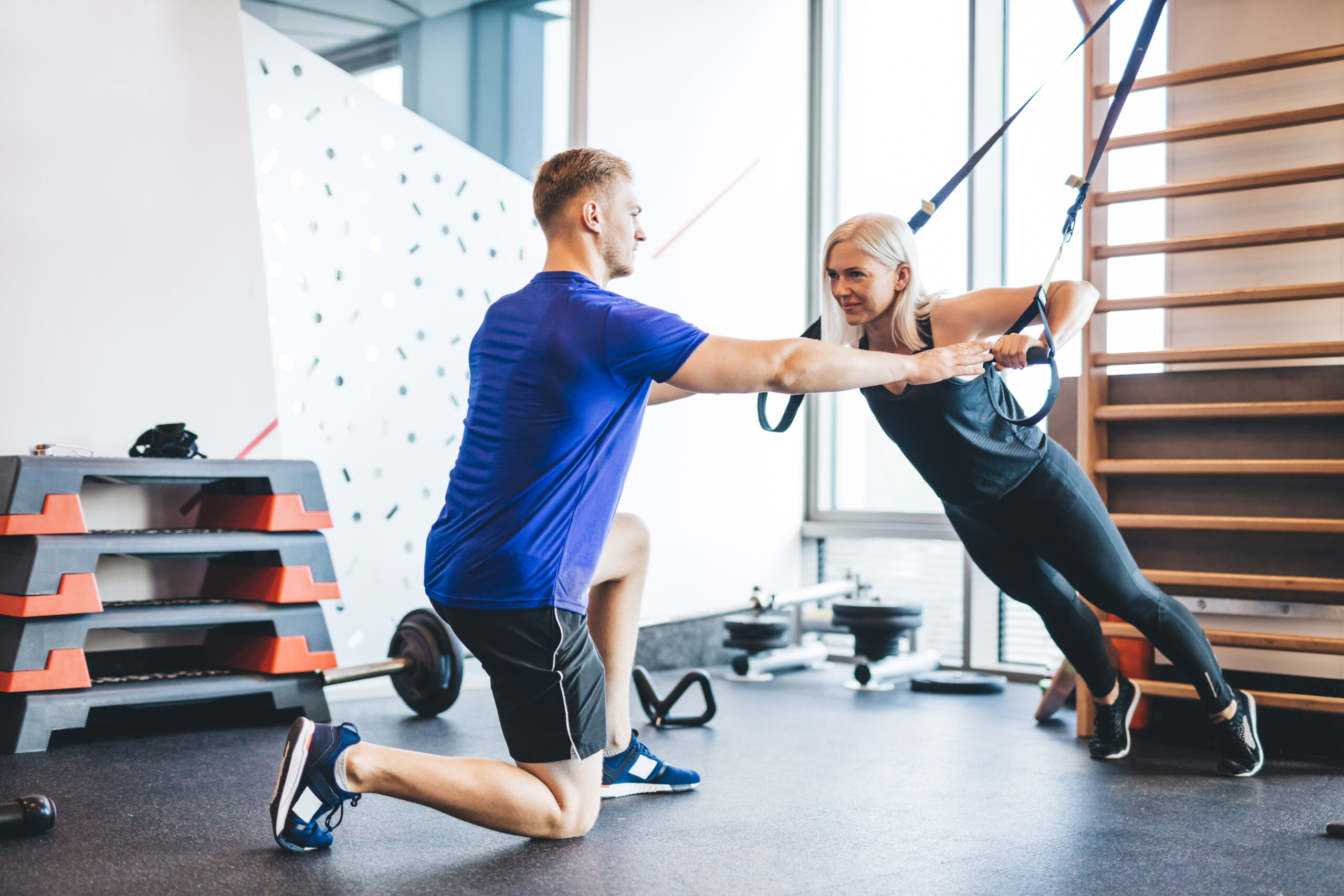Training is a crucial part of any athlete’s success. However, if you don’t have the right training plan or make common mistakes, it can be hard to excel in your sport. That’s why it’s important to know the top 10 training pitfalls to avoid. In this blog post, we’ll discuss the most common training mistakes and provide actionable tips so you can get the most out of your training plan. Keep reading to learn how to stay on track and reach your goals!
1) Not Setting Clear Goals
Setting clear goals is crucial in sports training to avoid making mistakes that can hinder your progress. Goals provide athletes with direction, motivation, and a sense of purpose in their training plan necessary to achieve success. Remember to make your goals SMART, ensuring they are Specific, Measurable, Achievable, Relevant, and Time-bound. By setting clear goals, you can avoid the mistake of aimlessly training without purpose, ultimately maximizing your potential in sports.
2) Overtraining and Lack of Rest
Overtraining results in experiences of fatigue, plateauing performance, and burnout. Symptoms related to overtraining include sweating, feeling hot, heavy, stiff, or sore in the muscles, and injuries that come back such as muscle sprains, tendonitis, stress fractures, and chronic joint pain. To avoid overtraining, athletes and fitness clients need to strike a balance between training and recovery, schedule rest days and easy workouts, and listen to their bodies when they experience warning signs of OTS.
3) Neglecting Proper Warm-up and Cool-down
One common mistake many athletes make is neglecting to properly warm up and cool down before and after their training sessions. Warming up is essential to prepare your body for intense activity by increasing your heart rate, loosening your muscles, and increasing blood flow to your working muscles. Activities such as light jogging or cycling slowly are effective warm-up exercises. On the other hand, cooling down is equally important as it helps gradually bring your heart rate and blood pressure to its normal level, preventing dizziness or fainting. Not properly warming up and cooling down can lead to an increased risk of injury, as well as blood pooling if cooling down is not done properly. So remember, don’t skip these crucial steps in your training routine.
4) Poor Nutrition and Hydration
A balanced eating plan that includes nutrient-dense foods like lean proteins, complex carbohydrates, healthy fats, and fiber can help to improve sports performance. Hydration recommendations vary based on an individual’s size, sweat rate, and activity level, but as a rule of thumb, drinking water regularly before, during, and after exercise is critical.
Keep in mind that proper nutrition and hydration before exercise can improve performance while rehydrating and replenishing the body with nutrient-rich foods after exercise can aid in recovery.
5) Skipping Strength and Conditioning Training
One major training pitfall that many athletes fall into is skipping strength and conditioning training. Many athletes may not see the importance of these types of workouts and instead, focus solely on practicing their sport. However, neglecting strength and conditioning training can lead to imbalances in the body and an increased risk of injury.
One effective form of conditioning training that athletes should consider is jump roping. Jump roping is a highly underrated form of exercise that boosts all elements of athleticism, including speed, coordination, stamina, and power. It also serves as a form of cardio, making it a great choice for weight loss. Not only that, but jump roping tones the calves, core, and shoulders.
6) Lack of Consistency and Discipline
Lack of consistency and discipline is a common pitfall in sports training. Without discipline, athletes can easily get distracted and lose focus on their goals. Building better habits requires consistency, and this can be achieved by breaking down long-term goals into daily tasks. By setting manageable goals, athletes can increase their appetite for progress. It is also helpful to visualize consistency and progress by writing down goals and crossing them out as they are accomplished.
7) Not Seeking Professional Guidance
Even the best athletes in the world need some help sometimes. It may sound like a luxury, but seeking the help of a sport psychologist can make a big difference in achieving your goals. Sport psychologists can help you become less anxious, control your temper, and enhance your performance. They can also help you cope with the pressures of competition, recover from injuries, keep up an exercise program, and even enjoy sports more. Don’t be afraid to seek help – it could be the missing piece you need to excel in your sport.
8) Ignoring Injury Warning Signs
Pain is a sign that something is wrong in the body and ignoring it can lead to serious consequences. Sports injuries that occur can be treated with rest and physical therapy if caught early. However, ignoring pain can lead to major surgery and other health problems. It can even interfere with an athlete’s growth.
9) Focusing Only on One Aspect of Training
Focusing only on one aspect of training is a common mistake that athletes make. Specificity is when your training should mirror the skills, movements, and actions needed to achieve success in the activity. By applying specificity to your training program, you can better reach your goals and avoid injuries.
In strength training, simply doing endless bicep curls won’t lead to overall strength gains. Instead, focusing on compound exercises like squats, deadlifts, and bench presses that engage multiple muscle groups will lead to more effective and functional strength improvements. Additionally, cardiovascular training should also adhere to the principle of specificity.
10) Neglecting Mental Preparation and Mindset
While physical training is crucial for sports performance, neglecting mental preparation and mindset can be a significant mistake. Psychology plays a vital role in athletic performance, as the difference between a first and seventh place finish in a competition is often psychological. A blockage in any of the psychological spheres can lead to a decline in performance, regardless of physical abilities. Mental preparation techniques, such as mental imagery, mindfulness meditation, and breathing techniques, can greatly enhance performance by improving focus, reducing anxiety, and increasing confidence. Athletes and students can benefit greatly from incorporating these techniques into their training routines.

